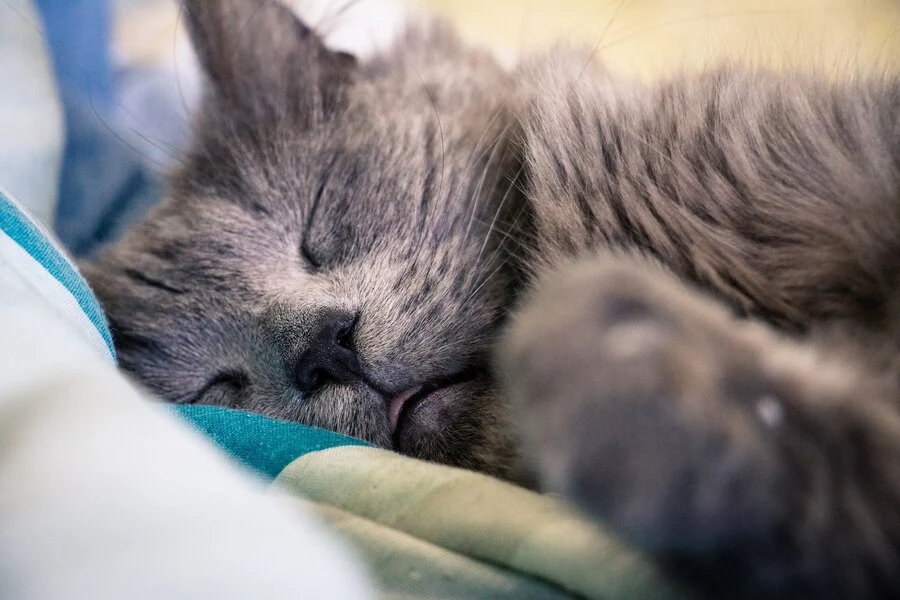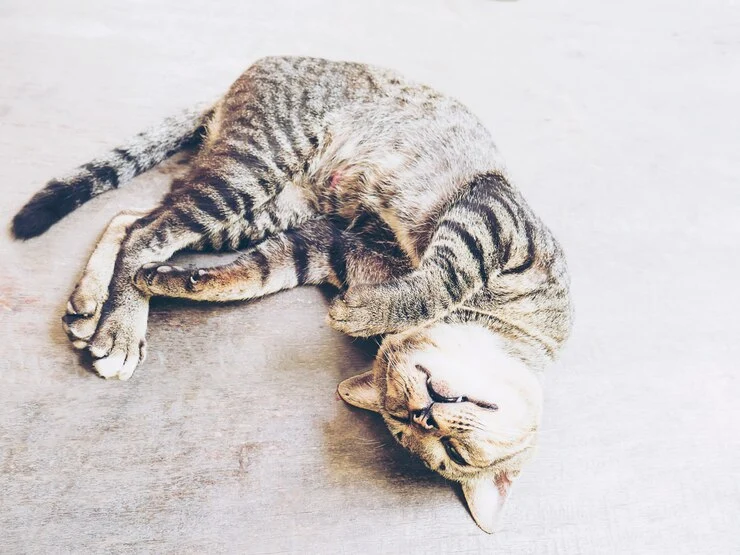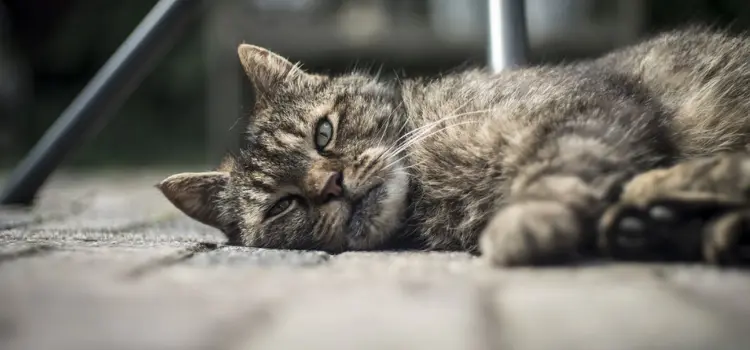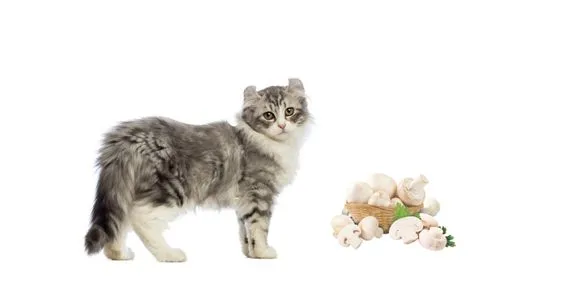How to Detect Pain in Your Cat
The enigmatic world of cats often conceals their pain, leaving pet parents in a perpetual dilemma: “How can I tell if my cat is in pain?” This question is not uncommon, and deciphering it requires a detective’s keen eye. In this extensive guide, we will explore the intricacies of feline discomfort, delving into the telltale signs, underlying causes, and the essential steps to take when you suspect your cat is suffering.
Discerning Signs of Feline Pain
1. Seeking Solitude
A sudden preference for solitude, avoidance of other pets, or a grumpy demeanor can be subtle indicators that something is amiss in your cat’s well-being.
2. Altered Grooming Habits
Cats are renowned for their fastidious grooming. A noticeable departure from their regular grooming routine or excessive focus on a particular area may be a clue to localized pain.
3. Changes in Activity Levels
Painful cats can display restlessness or conversely, retreat into stillness, often assuming unusual postures.
4. Altered Sleep Patterns
Take note of any variations in your cat’s sleep patterns, such as increased sleep, changes in sleeping positions, or a reluctance to move, which could all be indicative of pain.
5. Appetite Changes
While some cats continue to eat when in pain, a significant decrease in appetite or a complete disinterest in food can be a sign of discomfort.
6. Excessive Purring
Some cats employ an intriguing coping mechanism – incessant purring that isn’t a response to attention but serves as self-soothing, suggesting underlying distress.
7. Aggressive Behavior
Growling, hissing, swatting, or the avoidance of physical contact by isolating themselves are overt signs that your cat might be experiencing pain.
Unraveling the Sources of Feline Pain
Both acute and chronic pain can affect our feline companions, mirroring the human experience of discomfort. Identifying the source of pain is crucial for appropriate care.
Acute Pain
Acute pain emerges suddenly and is comparatively easier to recognize. It can result from injuries, infections, certain medical conditions, or surgical procedures, such as a cat involved in an accident, an abscessed tooth, or post-surgery pain.

Chronic Pain
Chronic pain develops gradually and can be more challenging to diagnose. Cats may adapt to their discomfort over time, and owners may wrongly attribute the signs to aging. Causes include arthritis, certain types of cancer, long-term inflammatory conditions, and enduring effects of past trauma.

Taking Action When You Suspect Feline Pain
Acknowledge that your cat’s pain, no matter how subtle, is legitimate and merits attention. When in doubt, seek guidance from your veterinarian to address potential pain. Remember that cats are adept at concealing their pain, and just because they don’t vocalize it doesn’t mean they aren’t suffering. Avoid the temptation to administer human or canine pain medications, as cats metabolize drugs differently. Always consult a professional for an appropriate pain management plan.
Revisiting Our Cases: Solving the Mysteries
Let’s revisit the cases of Eggplant, Tammy, Succotash, and Crash to see how we can interpret their situations:
- Eggplant, the elderly cat hesitating to jump, is likely experiencing arthritis in his advanced years. Combining acupuncture and arthritis medication can help him regain mobility and comfort.
- Tammy, the kitten post-surgery, was indeed in pain. Pain management should be an integral part of the post-operative care for all cats.
- Succotash, the senior cat with kidney disease, was probably displaying signs related to her condition rather than pain. The distinction can be subtle but vital.
- Crash, the young cat involved in a car incident, requires immediate care and pain relief, as his hissing and cranky behavior indicate discomfort.
Conclusion
In conclusion, understanding your cat’s well-being is a nuanced endeavor, and recognizing pain requires vigilance. Trust your instincts, and if anything seems amiss, consult your veterinarian promptly. Remember, your feline companion relies on you to ensure they are pain-free and comfortable.




















